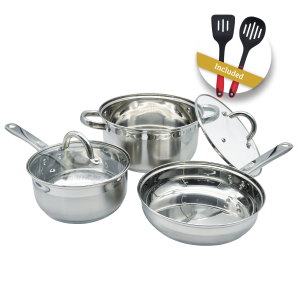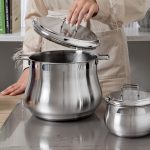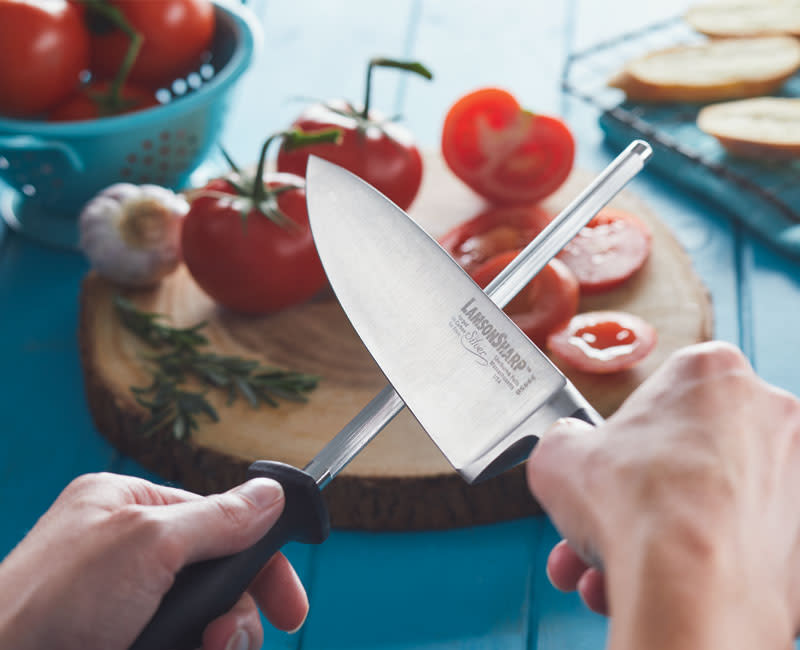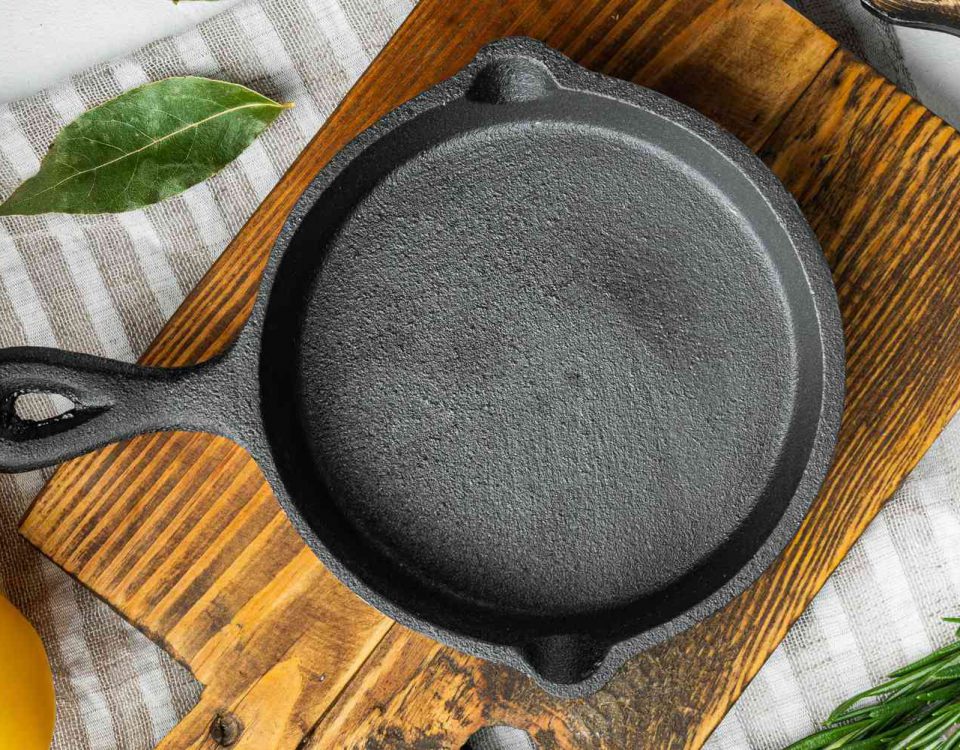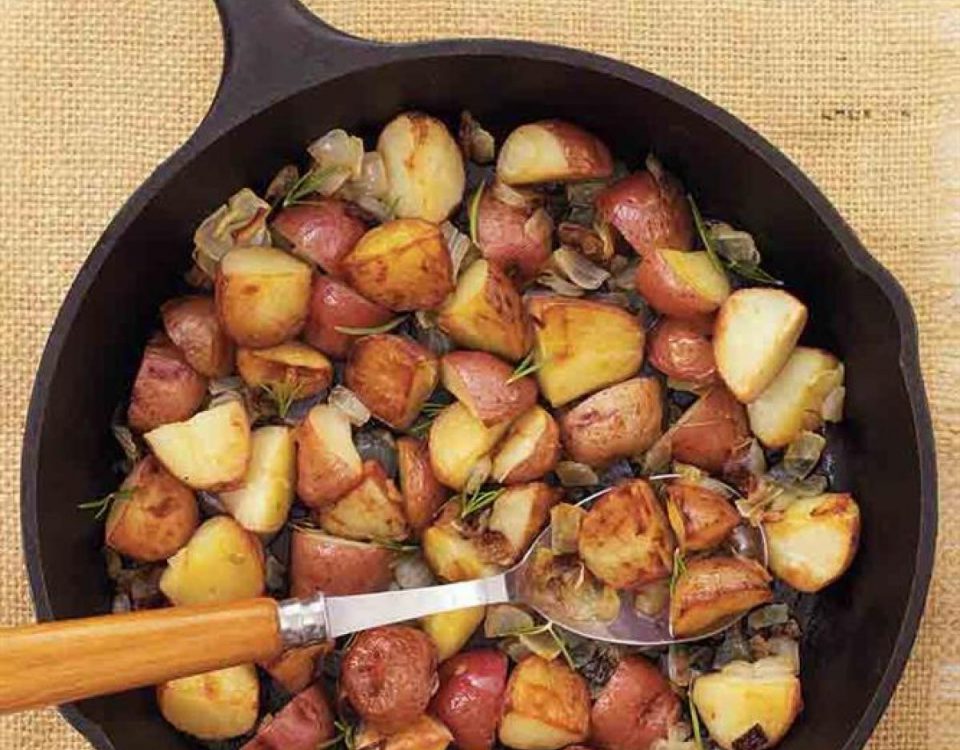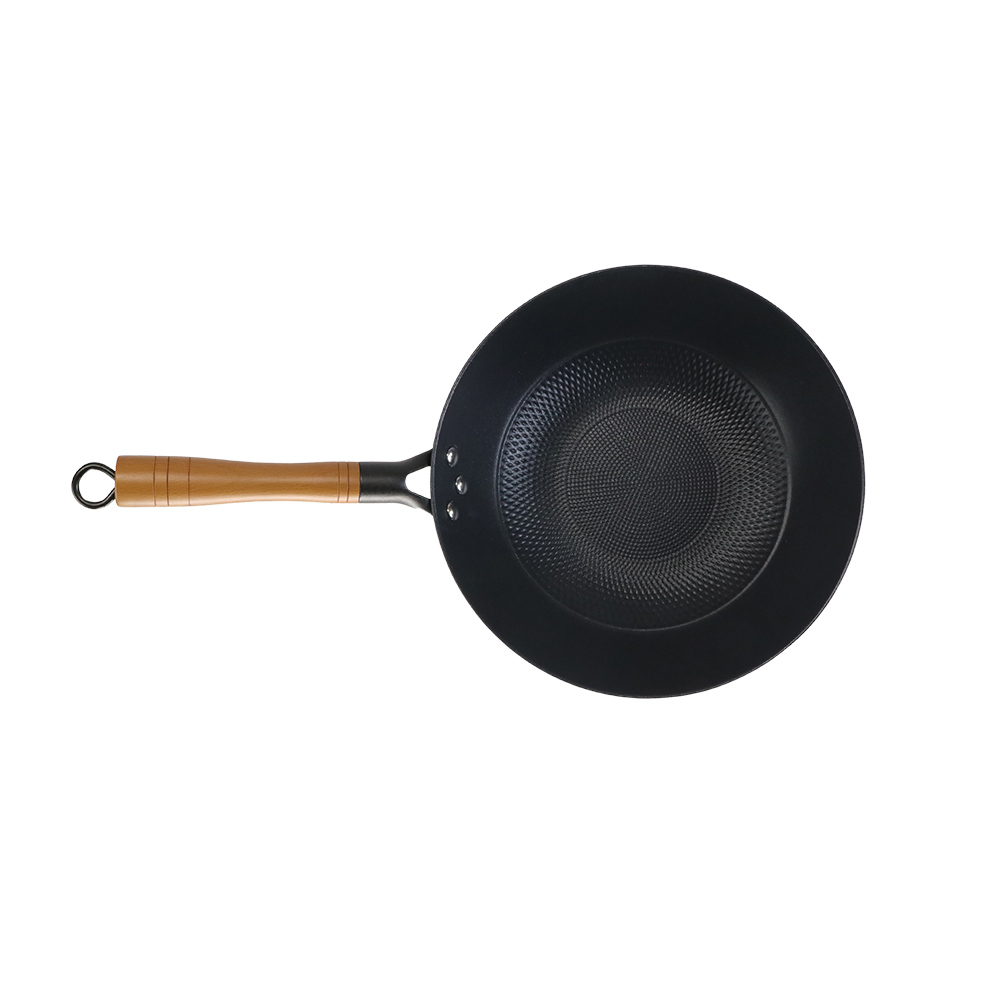Simple Techniques to Keep Your Knives Sharp
Knives are indispensable tools in the kitchen, and sharp knives are not just safer but also more efficient. Dull knives can slip and cause injuries, while sharp ones ensure clean cuts and speed up your cooking preparations. Maintaining the sharpness of your knives may seem daunting, but with a few simple techniques, you can keep your blades in prime condition. Here are some easy and effective methods to ensure your knives stay sharp for a long time.
1. Choose the Right Cutting Surface
The surface you use to cut can significantly impact the sharpness of your knife. Avoid hard surfaces like glass, granite, or ceramic, as they can quickly dull your blade. Instead, opt for softer materials like wooden or plastic cutting boards. These materials give slightly, reducing the stress on your knife’s edge.
2. Proper Storage
Storing knives correctly is crucial for maintaining their sharpness. Tossing them into a drawer can cause the blades to bump into each other or other utensils, leading to nicks and dullness. Use a knife block, magnetic strip, or blade guards to store your knives individually and protect their edges.
3. Regular Honing
Honest blades keep knives sharp. Honing realigns the microscopic teeth that make up the cutting edge but doesn’t remove material from the blade, unlike sharpening. Using a honing rod frequently, ideally before or after each use, will keep your knife aligned and sharp. Hold the rod vertically and run your knife down the rod at about a 15 to 20-degree angle, repeating multiple times on each side.
4. Sharpening Your Knives
Regardless of how well you hone your knives, they will still need regular sharpening. Sharpening removes a small amount of metal from the blade to create a new, sharp edge. You can use whetstones, sharpening steels, or electric sharpeners. Whetstones are preferred by professionals for their precision, although they require practice to use effectively. Start with a coarse grit to shape the edge and finish with a fine grit to polish it.
5. Using the Right Technique While Cutting
How you use your knife can affect its sharpness. Ensure you’re using the right technique: let the knife do the cutting without applying excessive force, and use a rocking motion for chopping herbs and vegetables. Avoid twisting or prying with the knife, as this can damage the edge.
6. Cleaning Your Knives Properly
Proper cleaning can extend the life of your knife’s sharpness. Always wash your knives by hand immediately after use. Avoid using dishwashers, as the high heat and harsh detergents can damage the blade and handle. Use a mild detergent and a non-abrasive sponge, and dry the knife thoroughly to prevent rusting.
7. Avoid Cutting Hard Materials
Resist the temptation to use your knife for tasks it isn’t designed for, like cutting bones, frozen foods, or hard shells. These materials can quickly dull or even chip your knife. Instead, use a specialized tool, such as a cleaver or kitchen shears, for these tasks.
8. Invest in Quality Knives
Starting with high-quality knives can make a significant difference. Good knives not only retain their edge longer but are also easier to sharpen. Look for knives made from high-carbon stainless steel, which balances hardness and resistance to corrosion.
9. Regular Maintenance
Even the best knives require regular maintenance. Set a schedule for checking and maintaining your knives. Regularly inspect the blades for any nicks or damage and address them before they worsen. Routine maintenance ensures your knives remain in optimal condition.
10. Seek Professional Help When Needed
Sometimes, despite your best efforts, knives may require professional sharpening. Most experts recommend having your knives professionally sharpened at least once or twice a year, depending on the frequency of use. Professional sharpeners have the equipment and expertise to restore your knife to its original sharpness.
Conclusion
Keeping your knives sharp need not be a complex or time-consuming task. With proper care, appropriate cutting techniques, and regular maintenance, your knives can remain sharp and safe, enhancing your culinary experience. Remember, a sharp knife is a happy knife – and a happy knife makes for a happy cook. So invest a little time and effort into maintaining your knives, and they will serve you well for years to come.

